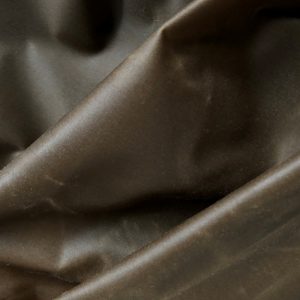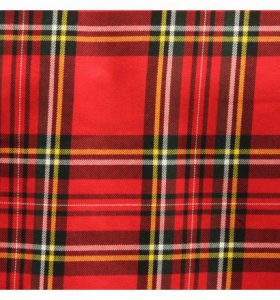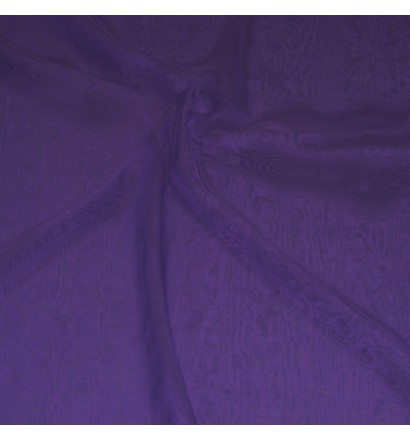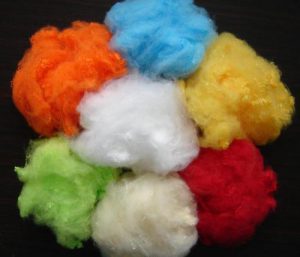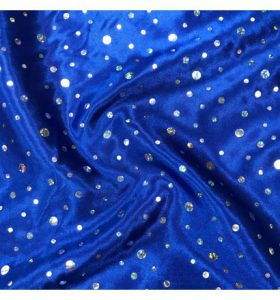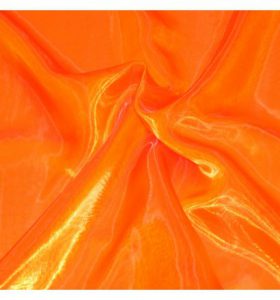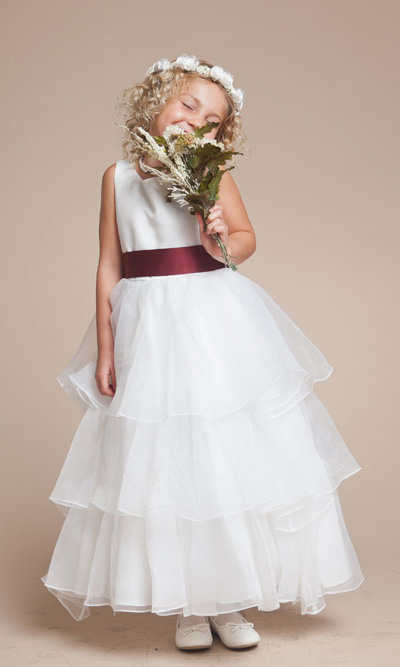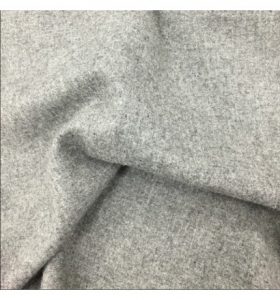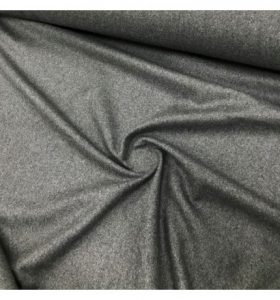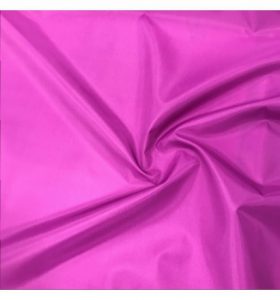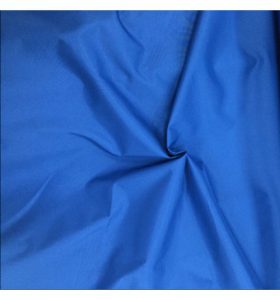Gingham is a lighter fabric made up from either 100% cotton or a cotton blend mixed with polyester like a polycotton or other fibres depending on the end use. Gingham is a traditional name originating from Malaysia, however, during the 17th century when the fabric was imported in to Europe other countries such as India, Indonesia and even France have claimed the fabric to have originated from there.
The unique quality of the material is the bright coloured stripe and then evolved in to a chequered design similar to other plaid fabrics.
India and Indonesia were able to produce large quantities of gingham due to the scale of production of the textile/ linen industry. Gingham was originally made with three main colourways, red and white, blue and white or yellow and white. The dyes used were all natural like madder, indigo and turmeric. Natural dyes were easily accessed in India and Indonesia therefore production was on a larger scale and able to export to other continents.
 |
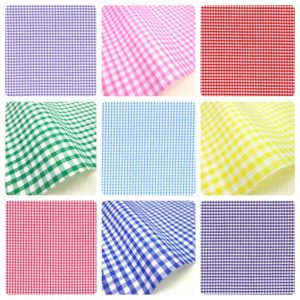 |
The material has always been a popular option throughout the world, especially in America throughout the southern states during the 1920’s up until the late 80’s when gingham started to change dramatically and other designs and materials became popular. Internationally gingham represents different spiritual symbolisms and uses compared to other countries using gingham as a practical fabric.
Continue reading “Gingham Fabrics and its usage in accessories and clothing”

